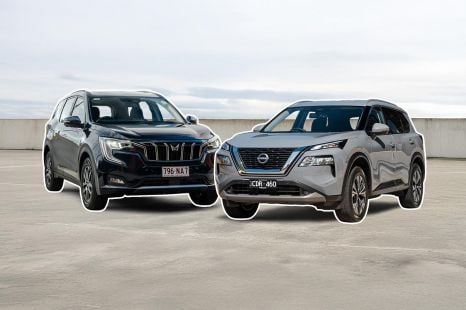

Andrew Maclean
2025 Mahindra XUV700 AX7L vs Nissan X-Trail ST-L comparison: Spec battle
2 Months Ago
The Toyota Camry is a fleet and ride-share favourite, but the range-topping Camry SL Hybrid is aimed squarely at private buyers.
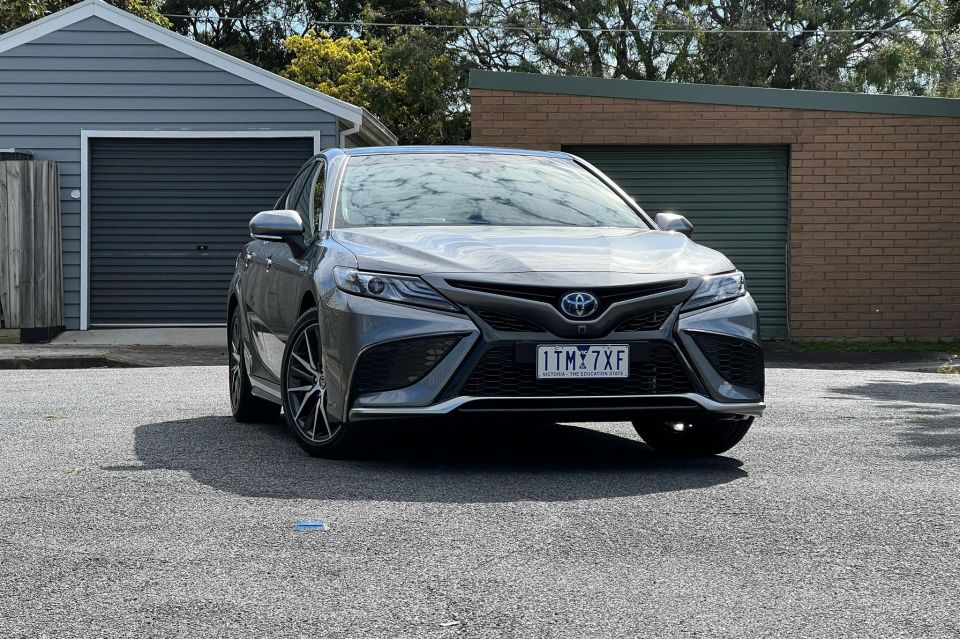
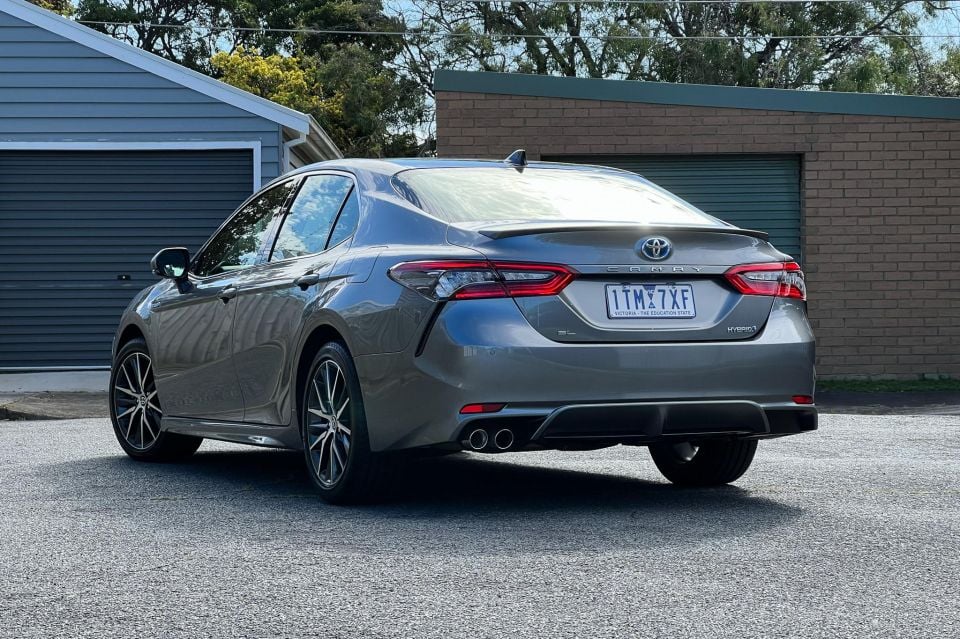

Contributor
New from
$28,990
excl. on-roads

Contributor
New from
$28,990
excl. on-roads


Contributor
New from
$28,990
excl. on-roads

Contributor
New from
$28,990
excl. on-roads
Quickly see how this car stacks up against its competition. Select any benchmark to see more details.
Where expert car reviews meet expert car buying – CarExpert gives you trusted advice, personalised service and real savings on your next new car.
Blink and you’ll miss it, but the strong-selling Toyota Camry has been given an update.
Hybrid power has dominated sales since this Camry launched, which has pushed Toyota to axe the range-topping V6 and all but the entry-level four-cylinder petrol engines. Consider that a sign of the times, and a sign of who’s buying the Camry.
Once upon a time, the Camry was a locally-assembled rival to the Mitsubishi Magna, Holden Commodore, and Ford Falcon. Now, it dominates the Skoda Octavia and Mazda 6 in a shrinking corner of Australia’s bustling new-car market.

As families have transitioned out of sedans into mid-sized SUVs and dual-cab utes, the Camry’s role has changed. It’s no longer a family car first and foremost; instead finding favour with fleets and ride-share operators in love with its reasonable sticker price, low servicing costs, and miserly hybrid fuel consumption.
Toyota hasn’t given up on private buyers entirely, though. The range-topping 2022 Toyota Camry SL Hybrid is full of plush features designed to woo people who want a sedan instead of an SUV, and has an aggressive look belying its hybrid underpinnings.
It doesn’t come cheap. Although it gets more equipment than before, the 2022 Camry SL Hybrid has been hit with a whopping $6000 price rise.
Is it still a smart alternative to the SUV mainstream, or is the steeper sticker a bridge too far?
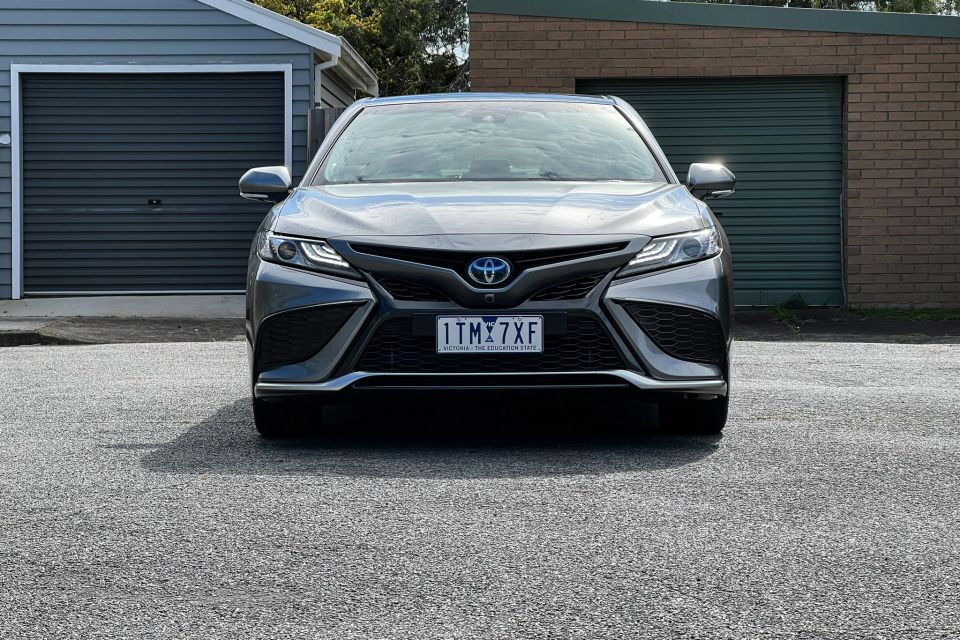
The Camry SL Hybrid is the range-topping model for 2022, with a sticker price of $46,990 before on-road costs. That equates to just over $52,000 drive-away according to the Toyota Australia website.
There are no direct hybrid rivals for the Camry SL, but there are a medium-to-large sedans out there that match up with it based on price.
The Mazda 6 sits in (a distant) second place on the sales charts behind the Camry in Australia. The GT SP ($46,690 before on-roads) is a match for the Camry SL on price, although its turbo petrol engine and blacked-out details mean it will appeal to a different crowd.
Over at Skoda, the Octavia 140TSI Limited Edition is $3000 more expensive than the Camry at$49,990 before on-roads, but offers more power in a sharp-edged European package.
Pricing for the 2022 Toyota Camry range is below:
All prices exclude on-road costs
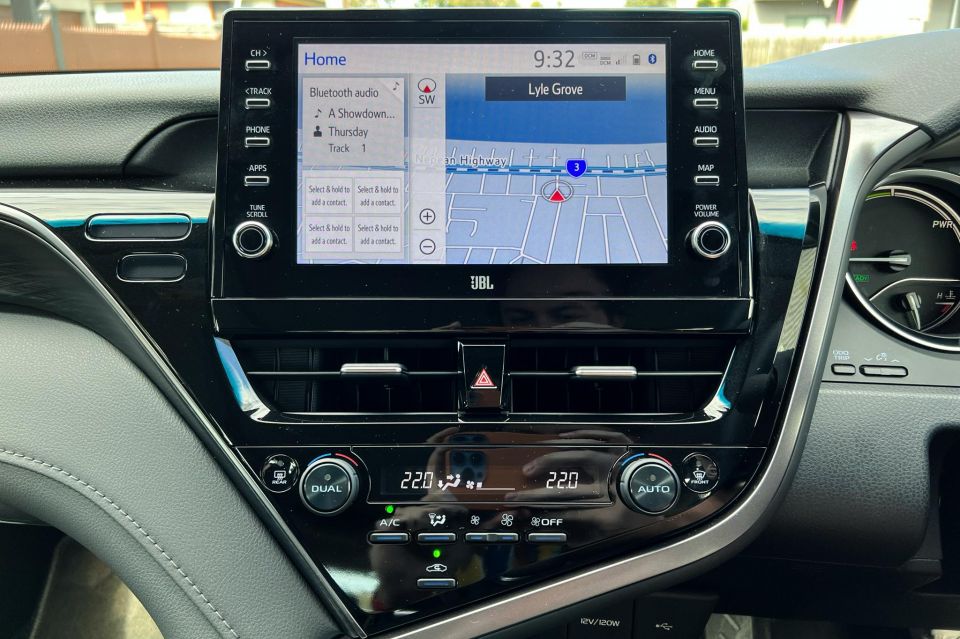
The range-topping Camry SL Hybrid has the following features:
That’s atop equipment standard on lower-end models, which includes:
Although it’s not quite the bargain it once was, the most expensive Camry Hybrid isn’t short on standard equipment. There are no options, save for a choice of eight colours. Metallic paint is an extra $575.

The 2022 Toyota Camry has a five-star ANCAP safety rating based on testing carried out in 2017.
It scored 15.16 out of 16 for the frontal impact test, 16 out of 16 for the side impact test, and two out of two for the pole test.
Standard active safety equipment across the Toyota Camry range includes:
Higher-end models gain:
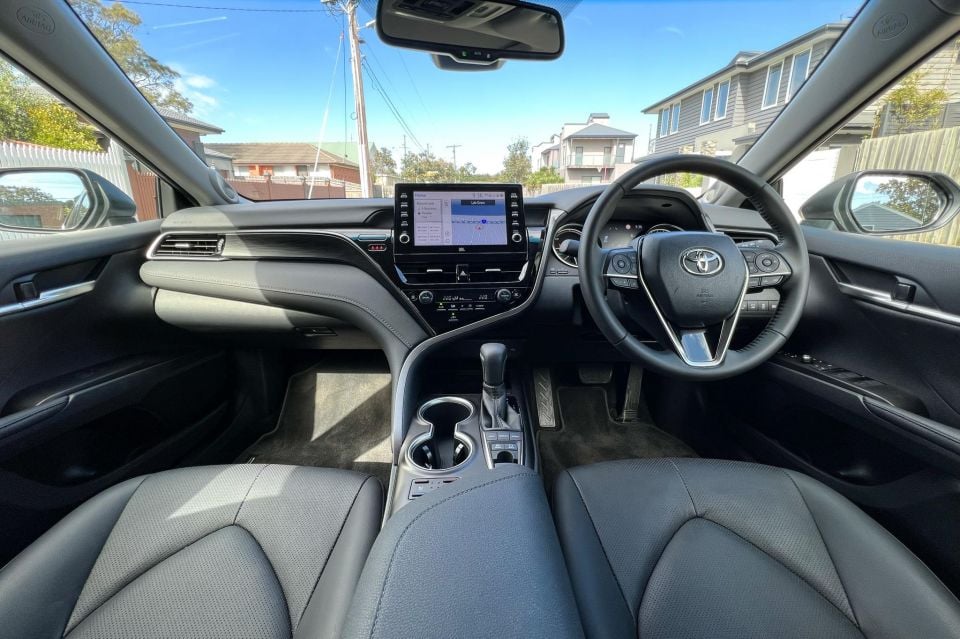
The biggest change to the Camry compared to the last car we reviewed is the infotainment screen, which has grown from 7.0- to 9.0 inches. Toyota has moved the air vents to accomodate the larger display, but otherwise it’s business as usual behind the wheel.
The leather-trimmed front seats are heated and cooled, and major on all-day comfort with their generous padding. They’re electrically adjusted and slide far enough to accomodate long-legged drivers, although headroom was tight in our sunroof-equipped tester.
Unlike some of its predecessors, the latest Camry feels as though it’s been designed to look a bit exciting. The sweeping dashboard and rounded transmission tunnel are both interesting to look at, while touches like the sliding storage tray beneath the dash suggest some real thought has been put into making this an interesting place to spend time.
It’s just a shame Toyota lags so far behind its competitors when it comes to infotainment. Sure, the touchscreen in the new Camry is bigger than before, but it’s running the same software. The result is a system that’s just as average as before, with the same blocky graphics.

The screen itself feels plasticky and cheap, flexing when you prod it. Sure, most Camry owners will be more interested in what’s happening on their Uber or DiDi app, but that’s not the target market for an SL with all the trimmings.
This system is simply not good enough in a car priced at more than $50,000 on the road. There’s wired smartphone mirroring to let you bypass the factory navigation and instead use Apple or Google’s interface, though even that is a bit laggy.
Toyota USA has a shiny new infotainment system in the Tundra ute, and it can’t spread across the global range fast enough.
The driver is faced with a 7.0-inch digital trip computer with a big speedo, along with plenty of information about how the hybrid system is working. It’s fine, but lacks sophistication compared to the digital instruments in a Skoda Octavia.
You’ve probably already sat in the back seat of a Camry, given it’s the car of choice for most Uber operators. Legroom is good, with space for adults, although the sunroof on our tester eats into headroom. Most adults will be fine back there, or even better off than in some mid-sized SUVs.
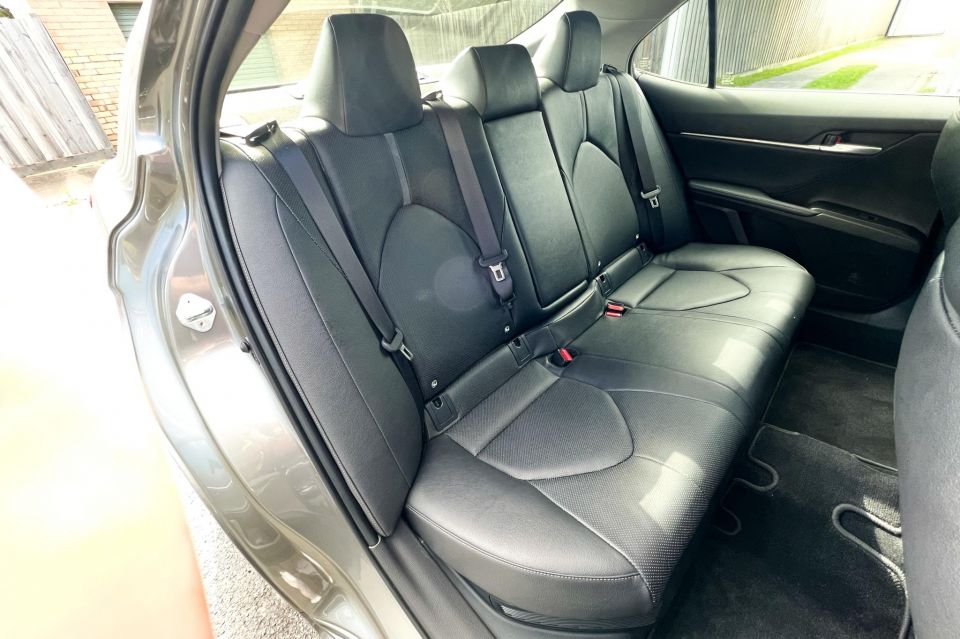
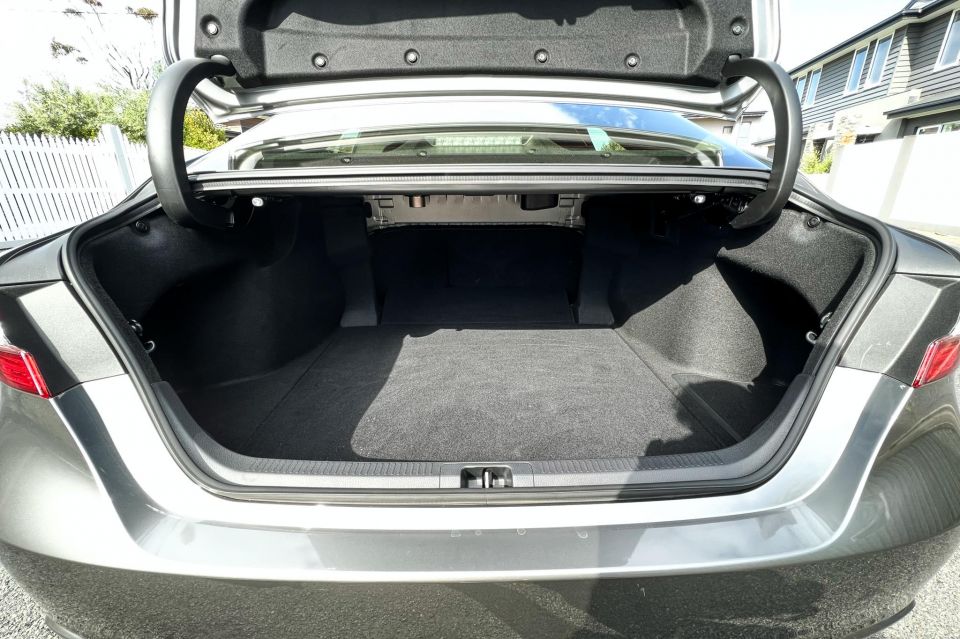
You’ll have to BYO mints and bottled water, but the pair of USB-A ports is a nice touch.
There are vents back there, along with a fold-down central armrest and cupholders. ISOFIX points on the outboard seats and three top tether anchors are on hand for mounting a child seat. The bench folds 60/40.
Boot space is a claimed 524L with the rear seats in place. It’s accessed through a reasonably broad opening, although the Camry’s rivals with liftback or hatchback tailgates have more useful load bays.
It’s also worth noting the powered boot lid on the range-topping SL doesn’t electrically close, it only opens.
That’s no great hardship, but it’s worth noting given how it’s listed on Toyota spec sheets.
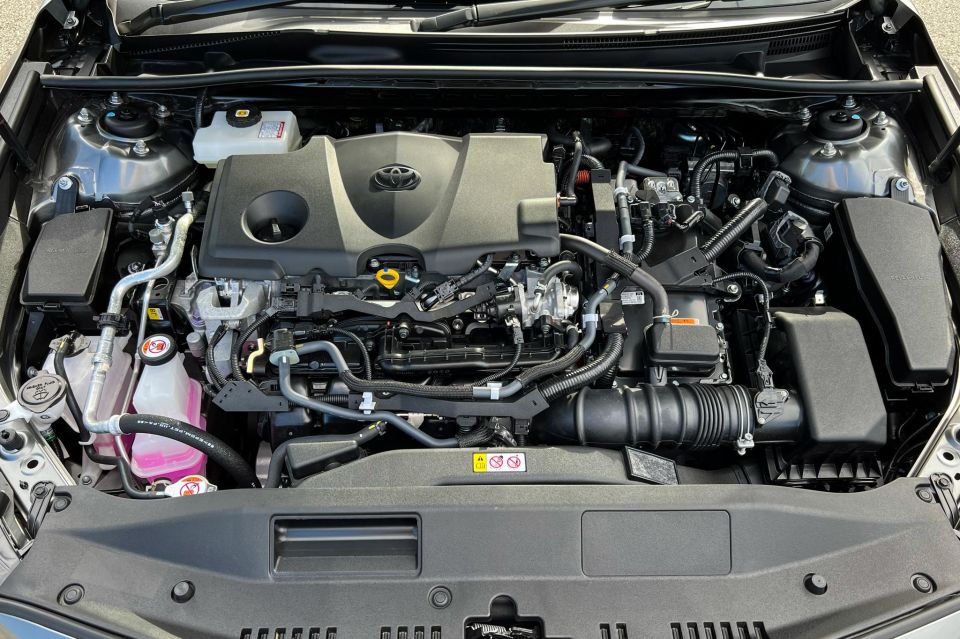
The Toyota Camry Hybrid is powered by a 2.5-litre four-cylinder petrol engine running on the leaner, more efficient Atkinson cycle. It’s mated with a pair of electric motors, for peak power of 160kW and an undisclosed peak torque figure.
Torque is put to the road through an e-CVT, and the Camry is front-wheel drive.
An update to the Camry earlier in 2021 saw the nickel-metal hydride battery pack replaced by a lithium-ion unit. Despite the change, there’s no meaningful electric-only range to speak of here.
Toyota recommends more expensive 95 RON premium unleaded fuel for the Camry hybrid, and claims it uses 4.5 litres per 100km on the combined test cycle. We saw 5.0L/100km in a week with a skew to city driving.
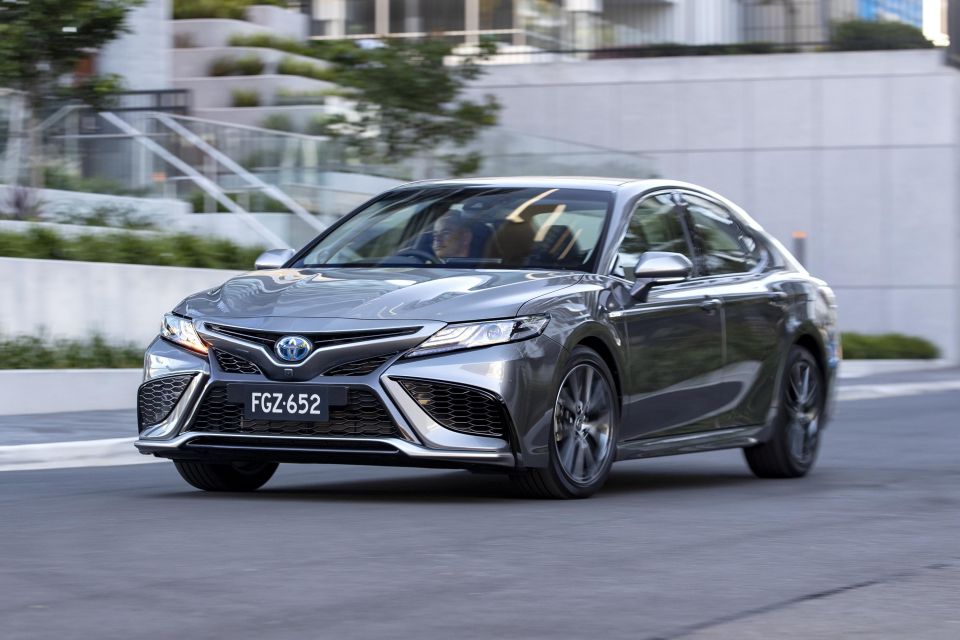
The pre-update Camry majors on comfort, and the new model doesn’t do anything to change that.
Usually, high-end variants within a model range get bigger wheels which look sharp, but have compromised ride quality. Toyota hasn’t fallen into that trap with the Camry, instead fitting 19-inch alloy wheels to the sportier SX model and putting the range-topping SL on 18-inch wheels.
The result is a car that feels like a magic carpet in the city, expertly isolating passengers from the outside world. It feels relaxed and effortless over surfaces that would make sportier cars lose their composure.
Don’t be fooled into thinking the Camry is an old-fashioned barge of a car, though. It settles down nicely at a cruise, and doesn’t feel loose or floaty on highway dips and crests. It just gets on with things.
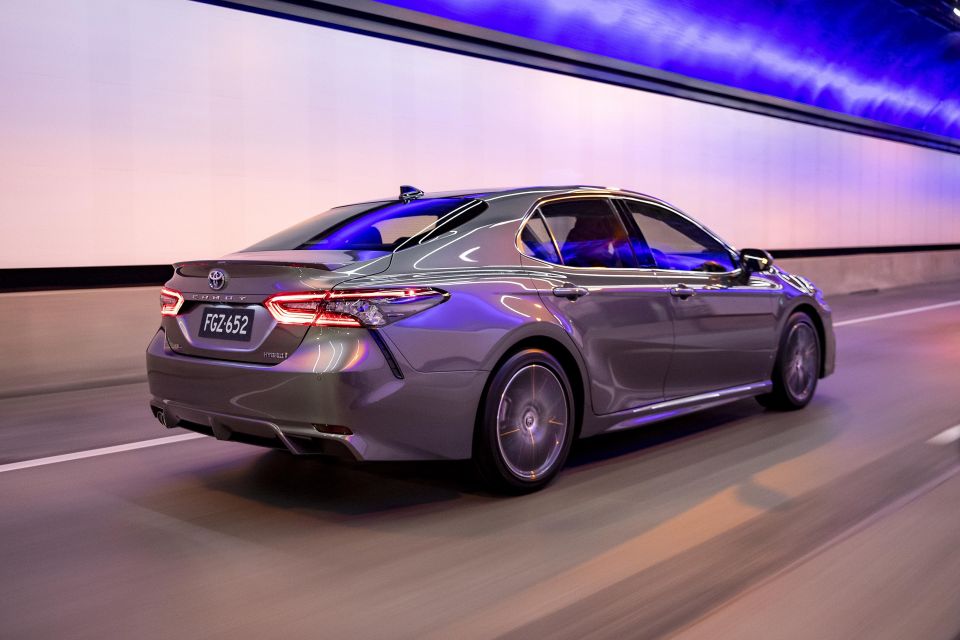
The hybrid powertrain won’t set your pulse racing, but it’s refined and efficient. The car usually turns on in electric mode, and moves off the mark without the petrol engine getting involved. With a gentle right foot you’ll hit around 30km/h on battery power, and even lead foots benefit from the extra push provided by e-power off the mark.
When the petrol engine fires it’s generally unobtrusive, although it can be a little bit noisy when it’s cold.
Once it’s warm, it can be tough to know whether the petrol engine, electric motors, or a combination of both are doing the driving unless you’re really looking for it.
Fans of the old V6 engine won’t be blown away by its performance, but that’s never really been the point. Put your foot down and you can feel the electric motors providing extra shove, but the way the engine drones when it’s working hard is far from inspiring.
Still, it’ll happily cruise at the legal limit in Australia, and a bit of forethought is all that’s required to make overtakes relatively stress-free if you need to cross onto the wrong side of the road.
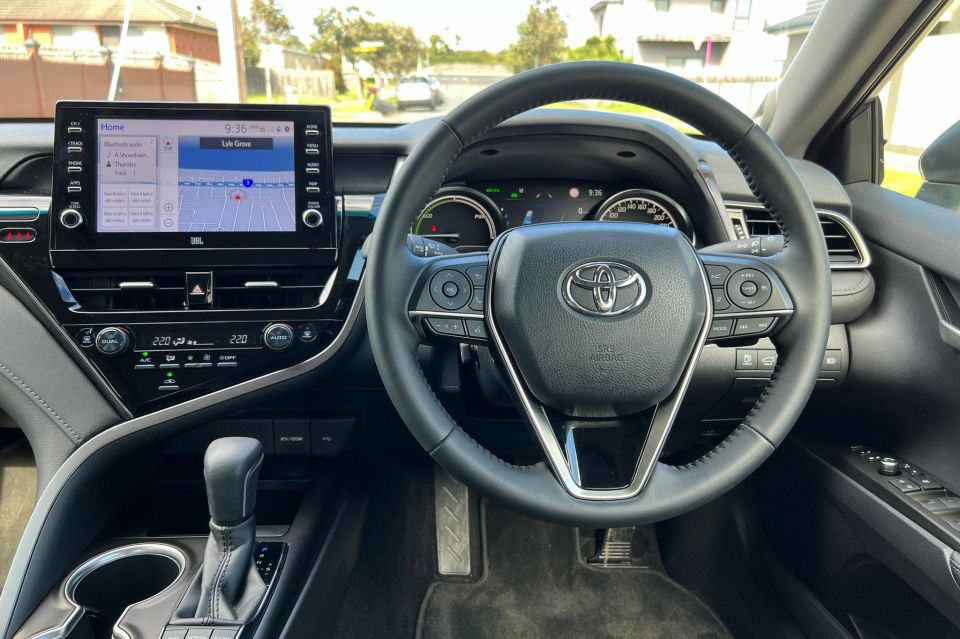
On lighter throttle inputs the petrol engine hums along almost silently, and it cuts out completely at highway speeds when coasting downhill. Hybrids aren’t necessarily at their most efficient beyond city limits, but the larger engine in the Camry compared to Toyota’s less expensive electrified cars helps it feel more at home.
As for refinement? It’s almost like someone at the Toyota factory has been stealing the really good sound insulation set aside for more expensive Lexus models, because the Camry is coffin quiet.
Wind and tyre noise just aren’t an issue, nor is whistling from the mirrors. It’s easy to understand why people who drive for a living flock to this car.
In keeping with that theme, none of Toyota’s driver assists are particularly in-your-face. The adaptive cruise control smoothly keeps a gap to the car in front, the lane-keeping assist gently nudges you back into line if you stray over the white lines, and the more advanced lane-centring doesn’t feel like it’s trying to wrestle the wheel from your hands.
The Camry has never been about on-the-limited handling, so it should come as no surprise to hear the latest model hasn’t suddenly turned into an overgrown GR Yaris. But as is the case with essentially everything built on the latest TNGA chassis, it doesn’t feel as lifeless or bland as maybe you’d have expected of previous models.

The Toyota range is backed by a five-year, unlimited-kilometre warranty, which is extended to seven years for the engine and transmission if you service within the Toyota dealer network.
Additionally, the hybrid battery can be warranted for up to 10 years if you maintain your vehicle according to the logbook and maintenance schedule.
Speaking of, maintenance is required every 12 months or 15,000km, and the first five services are capped at $200 each.

Where expert car reviews meet expert car buying – CarExpert gives you trusted advice, personalised service and real savings on your next new car.
The updated Toyota Camry doesn’t deviate too far from the formula laid down by its predecessor, for better and worse.
The hybrid powertrain is still incredibly economical, and majors on around-town comfort in a way none of its rivals can match. There’s more than a bit of Lexus about the way it drives, which can only be a good thing.
If you’re a private buyer chasing a more luxurious-feeling Camry, the SL makes a decent case for itself. It’s not short on standard equipment, and even after a massive price rise represents good value alongside the Skoda Octavia and Mazda 6.
Toyota really needs to lift its game when it comes to infotainment, though. Slotting a bigger screen into the Camry is a step in the right direction, but its software is thoroughly outclassed by the latest from most of its mainstream rivals.
Whether or not that’ll have you steering clear of the Camry SL Hybrid is really down to your priorities. If you’re after something flashy, it’s not for you. Then again, that isn’t really the point of a Camry.
If you can stomach the steeper price, the Camry is still a super comfortable, super economical sedan that shouldn’t give you too many headaches.
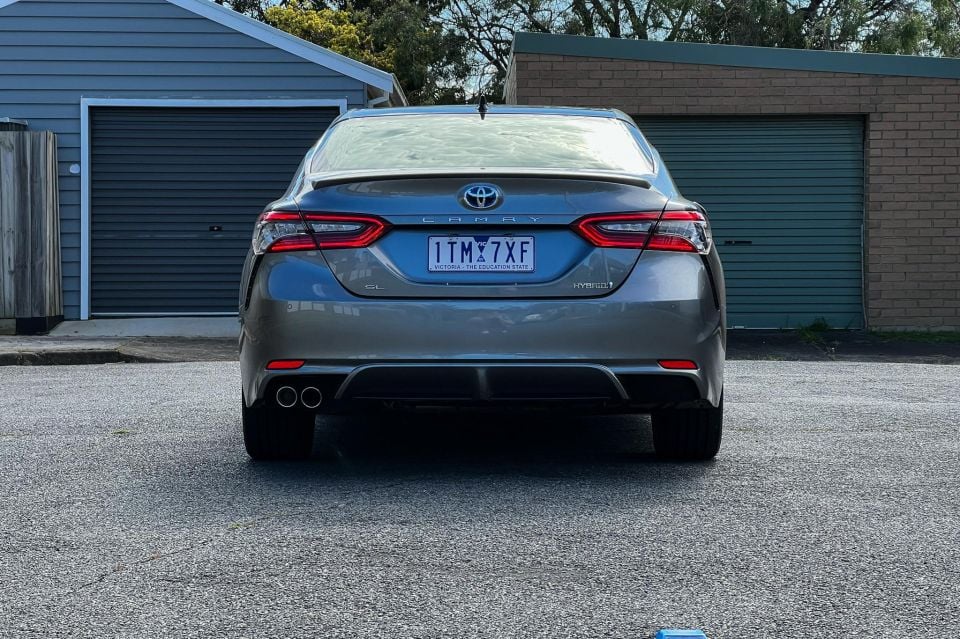
Click the images for the full gallery
MORE: Everything Toyota Camry
Where expert car reviews meet expert car buying – CarExpert gives you trusted advice, personalised service and real savings on your next new car.
Scott Collie is an automotive journalist based in Melbourne, Australia. Scott studied journalism at RMIT University and, after a lifelong obsession with everything automotive, started covering the car industry shortly afterwards. He has a passion for travel, and is an avid Melbourne Demons supporter.


Andrew Maclean
2 Months Ago
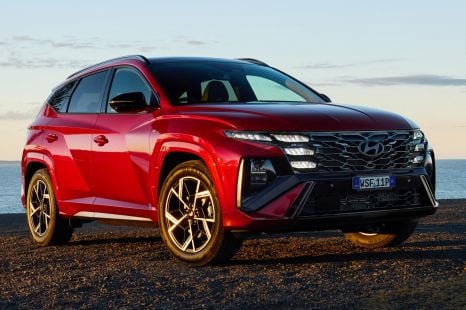

James Wong
2 Months Ago


Josh Nevett
1 Month Ago


William Stopford
27 Days Ago


James Wong
27 Days Ago


Marton Pettendy
14 Days Ago